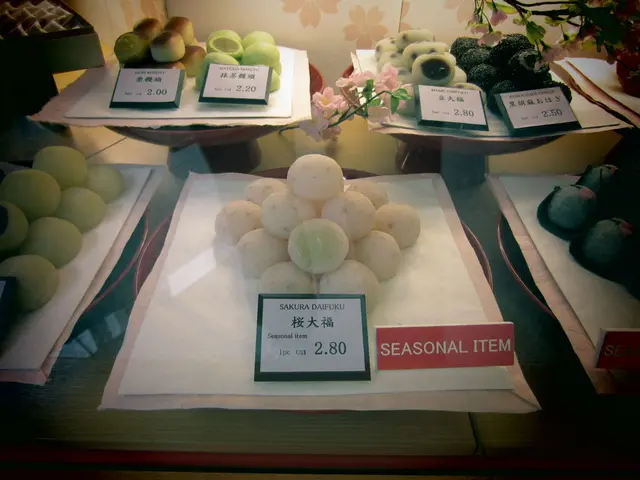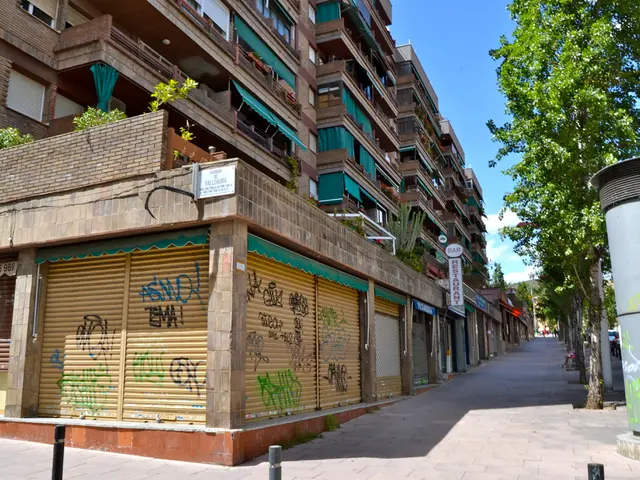" Heritage Redesign": Initiative by IAD Students' Work
Students of Interior Architecture and Design Revitalize Historical Monuments as Public Interactive Spaces
A group of third-year students from our institution have embarked on an innovative project titled "Heritage in Design", aimed at studying the architectural and spatial attributes of historical monuments. Their objective was to learn from precedents and reimagine how these sites could be transformed into contemporary public interactive spaces while preserving their original architecture. The project was conducted under the guidance of Prof. Snehanshu Mukherjee, Course Leader for Interior Architecture and Design, along with Associate Prof. Madhu Pandit and Assistant Prof. Mani Sharma.
The students selected four monuments within Sunder Nursery, New Delhi, for testing their conceptual ideas. These monuments included the Garden Pavilion, Sunderwala Mahal, Lakkarwala Burj, and Sunder Burj. The designs presented by the students were out-of-the-box and aimed at increasing public engagement with the historic structures without causing any harm to the existing buildings' original architecture.
The students' designs have been influenced by extensive research into the historical and socio-cultural aspects and their relevance to the present context. The Aga Khan Trust for Culture collaborated with the students to display their works at Sunder Nursery amidst the monuments. The exhibition showcased architectural designs and ideas of the historical monuments reimagined as interactive spaces.
On the inauguration day of the exhibition, the students offered visitors and faculty members a walk-through of the four monuments, explaining their proposed design ideas. The interactive and immersive experience aimed to provide visitors with a unique understanding of the historical structures' heritage while inspiring curiosity about them among the public.
Prof. Snehanshu Mukherjee, Course Leader for Interior Architecture and Design, expressed that the students' interventions offered practical solutions for repurposing these structures without causing any damage. All the proposed measures could be easily reversed without harming the monuments. Usha Patel, Director of Academics at our institution, praised the students' and teachers' efforts and emphasized the significance of the project visits to Sunder Nursery and the students' reimagining the monuments in the studio.
Dr. Jitin Chadha, Founder and CEO of our institution, commended the work done by the students and faculty members. He described the exhibition as a once-in-a-lifetime opportunity for the students to showcase their talent at such a beautiful public park, attracting both Delhi residents and visitors from around the world.
In essence, this effort by the Interior Architecture & Design students highlighted the importance of preserving India's cultural legacy while presenting innovative methods for popularizing lesser-known historical structures, sparking interest and generating a sense of curiosity among the public. The project exemplifies the integration of heritage conservation with modern public use, community engagement through art and events, and the creation of inviting spaces that allow visitors to experience history immersively and interactively while appreciating the preserved gardens and monuments of the nursery.
- The students' designs, inspired by sustainable-living principles, aim to repurpose the historical monuments' interiors, maintaining their original architecture while ensuring public engagement.
- As the project progressed, the students conducted research on the home-and-garden context, delving into the historical and socio-cultural aspects to ensure their reimagined designs resonated with the current lifestyle.
- By reconceptualizing the monuments as interactive spaces within Sunder Nursery, the Interior Architecture and Design students aspire to foster a sense of community and encourage the public to appreciate sustainable living through the reimagined historical structures.
- The exhibition, a blend of heritage conservation and modern public utility, showcased not only the students' architectural and design skillset but also their commitment to fostering a lifestyle conscious of historical monuments and sustainable living.








